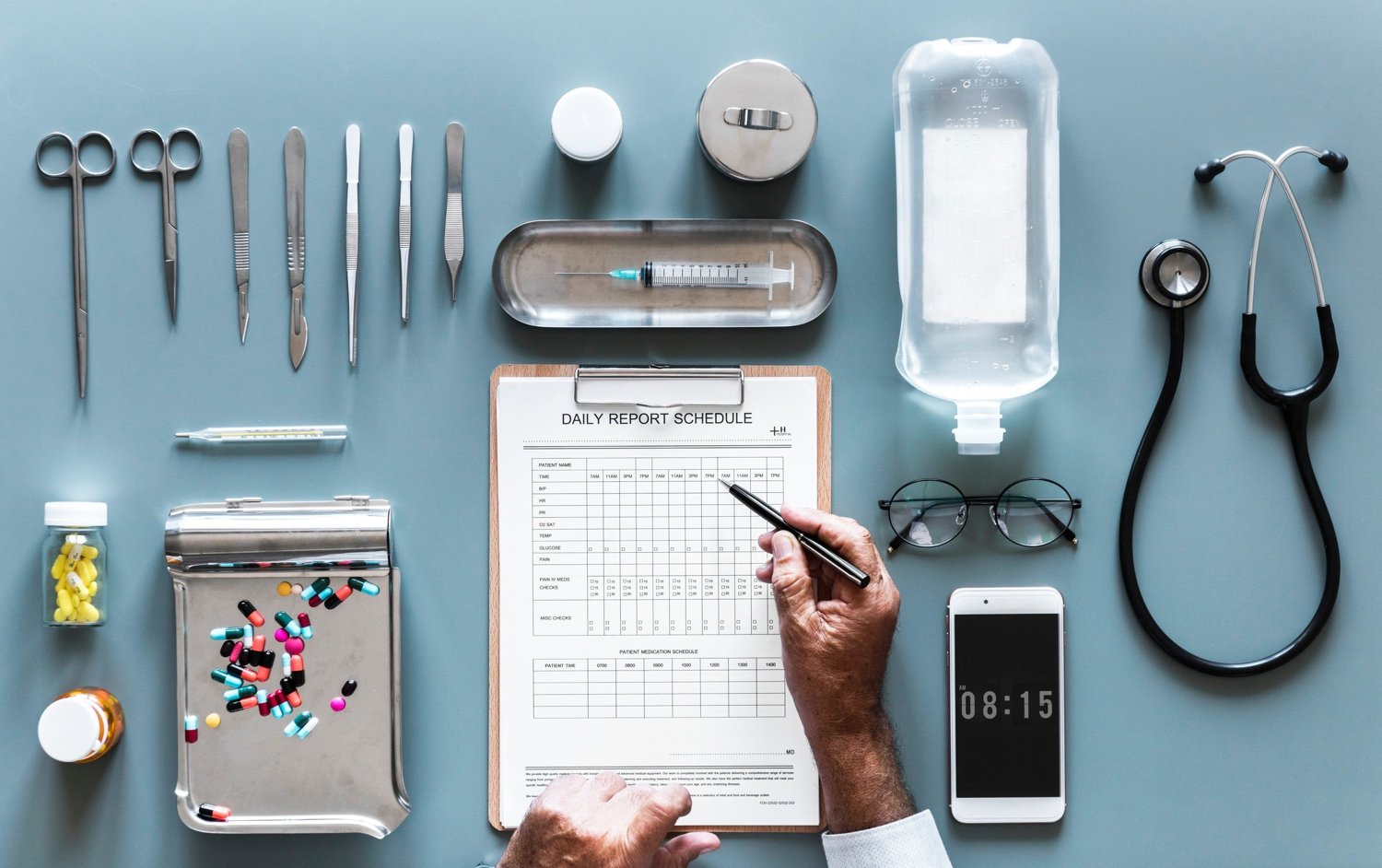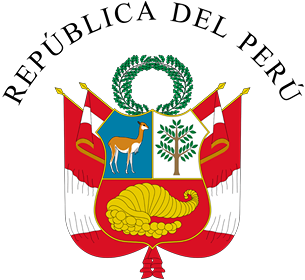The Ministry of Healthcare of Peru has published new guidance dedicated to the validation of medical devices intended to be used in the context of the outbreak COVID-19.

Regulatory Background
According to the document, medical devices (including ones intended for in vitro diagnostics) became vitally important in the context of the COVID-19 outbreak. The Ministry of Healthcare of Peru also acknowledges that the country mostly depends on imported medical devices. In most cases, the medical devices are imported from China, South Korea, the US, Canada, and the European Union. Only 2% of medical devices marketed and used in Peru have been manufactured by domestic medical device manufacturers. That is why it is important to create favorable conditions for innovators, laboratories, and all the parties involved in the research and development of medical devices.
The principles set forth by the present regulation are intended to be applied to validate the safety, quality, and performance of in vitro diagnostic medical devices in the course of the initial marketing approval procedure. The purpose of the document is to establish the main technical requirements to be considered for the validation of in vitro diagnostic medical devices, including the technical criteria to be applied during the manufacturing and clinical investigation stages. These principles and criteria should be considered by the laboratories, manufacturers, and other parties involved in the development and manufacturing of medical devices.
The present regulation is actually based on the following regulatory background:
- The General Law on Healthcare,
- The Law on Pharmaceutical Products, Medical Devices, and Healthcare Products,
- The Decree on the Organisation and Functions of the Ministry of Healthcare,
- The Regulation on Classification Rules and the Safety and Performance Principles,
- Other laws and regulations, including COVID-specific ones.
As it is explicitly stated in the document, the rules and requirements set forth by the regulation are binding for all entities participating in the investigations and development of in vitro diagnostic medical devices in Peru. It is also important to mention that the regulation should be applied only in the context of emergency associated with the COVID-19 outbreak.

In Vitro Diagnostic Medical Devices: Development Stage
The regulation outlines the main points to be considered at the development stage – the very first step in the process of creating a new medical device. The developer shall focus on the following aspects:
- The purpose of the test,
- Methods, principles, effectiveness criteria and limitations of the method used,
- The type of infection agent to be identified,
- Clinical disease,
- Biological sample,
- Calculations and interpretation of the results,
- Accuracy of the test in various temperatures and time,
- Identification threshold,
- Consistency of the results,
- The form of use,
- Components,
- Useful life,
- Shelf life,
- Storing conditions,
- Warnings and safety measures,
- National or international standards to be applied.
IVD Medical Device Validation
During the next stage, the developer of the device shall demonstrate that the device meets the criteria related to the accuracy and consistency of the results. In particular, the following points should be considered:
- Analytical sensitivity (detection threshold) – the lowest concentration the device could identify with sufficient accuracy.
- Stability – the impact of changes on the results of testing,
- Analytical specifics – the possibility to identify exclusively the target substance instead of similar but different substances.
- Consistency – the indication of a measure to which the results of the consequent tests are similar,
- Repeatability – the possibility to obtain the same results from several tests,
- Sensitivity – the possibility to identify all the people having the target illness,
- Clinical or diagnostic sensitivity – the possibility to identify the presence of a substance or an organism associated with the illness or condition,
- Specificity – the possibility of the test to identify healthy people,
- Clinical or diagnostic specificity – the suitability of a method to detect the absence of the particular substance or organism,
- Positive prognostic value – the probability of the actual disease in case of positive test results (this indicator shows the relationship between positive tests results and people actually having the illness),
- Negative prognostic value – the probability of the fact that the person with a negative test result actually has no illness.
All information related to the technical specifications and reflected in the protocol of investigation should be focused on ensuring the safety, quality, and performance of the IVD medical devices.
The protocol of investigation shall be based on the general scheme which includes the name and summary of the investigation, explanations, and justifications, aims and applicability of the results, theoretical basis, the methodology used, analysis of the results, and timeline of the activity.
In order to ensure the safety, quality, and performance of medical devices, the developer shall treat the instructions for use and user manuals as part of the technical information to be compliant with the general requirements.

Responsibilities of the Developer
The holder of the marketing permission shall be solely responsible for keeping up-to-date the information uploaded to the medical device databases, including the details on any changes and modifications to the technical characteristics, labeling, instructions for use, and any other information.
The appropriate state authorities are entitled to seize random medical devices in the places they are being manufactured and stored in order to transfer them to the National Health Institute for further quality control, including the tests on diagnostic sensitivity and specificity.
The regulation also states that medical device manufacturers and their authorized representatives in Peru, including the importers, distributors, and suppliers shall duly fulfill their obligations jointly or separately in order to ensure that the medical device meets the applicable safety, quality, and performance requirements on all the steps of its lifecycle from the development and validation till the use for the intended purpose.
Summarizing the information provided here above, the new regulation developed and published by the Ministry of Health of Peru sets forth special requirements the in vitro diagnostic medical devices should meet in order to be allowed for marketing in the country. In particular, the regulation on validation describes the technical requirements, as well as the most important points to be considered by the entities engaged in the development and design of medical devices. The criteria highlighted in the document would be used by the regulating authority when assessing compliance of the in vitro diagnostic medical device with the applicable safety, quality, and performance requirements. The document also describes the way the information should be provided to the authority for review, as well as the main responsibilities of the medical device manufacturers and their authorized representatives responsible for medical devices marketed in Peru. The present regulation and the rules set forth therein should be applied only in the context of the COVID-19 outbreak since the measures it provides are extraordinary and temporary.
How Can RegDesk Help?
RegDesk is a next-generation web-based software for medical device and IVD companies. Our cutting-edge platform uses machine learning to provide regulatory intelligence, application preparation, submission, and approvals management globally. Our clients also have access to our network of over 4000 compliance experts worldwide to obtain verification on critical questions. Applications that normally take 6 months to prepare can now be prepared within 6 days using RegDesk Dash(TM). Global expansion has never been this simple.
Sources:
http://www.digemid.minsa.gob.pe/Main.asp?Seccion=3&IdItem=2221
http://www.digemid.minsa.gob.pe/UpLoad/UpLoaded/PDF/Normatividad/2020/RM_694-2020-MINSA.pdf

